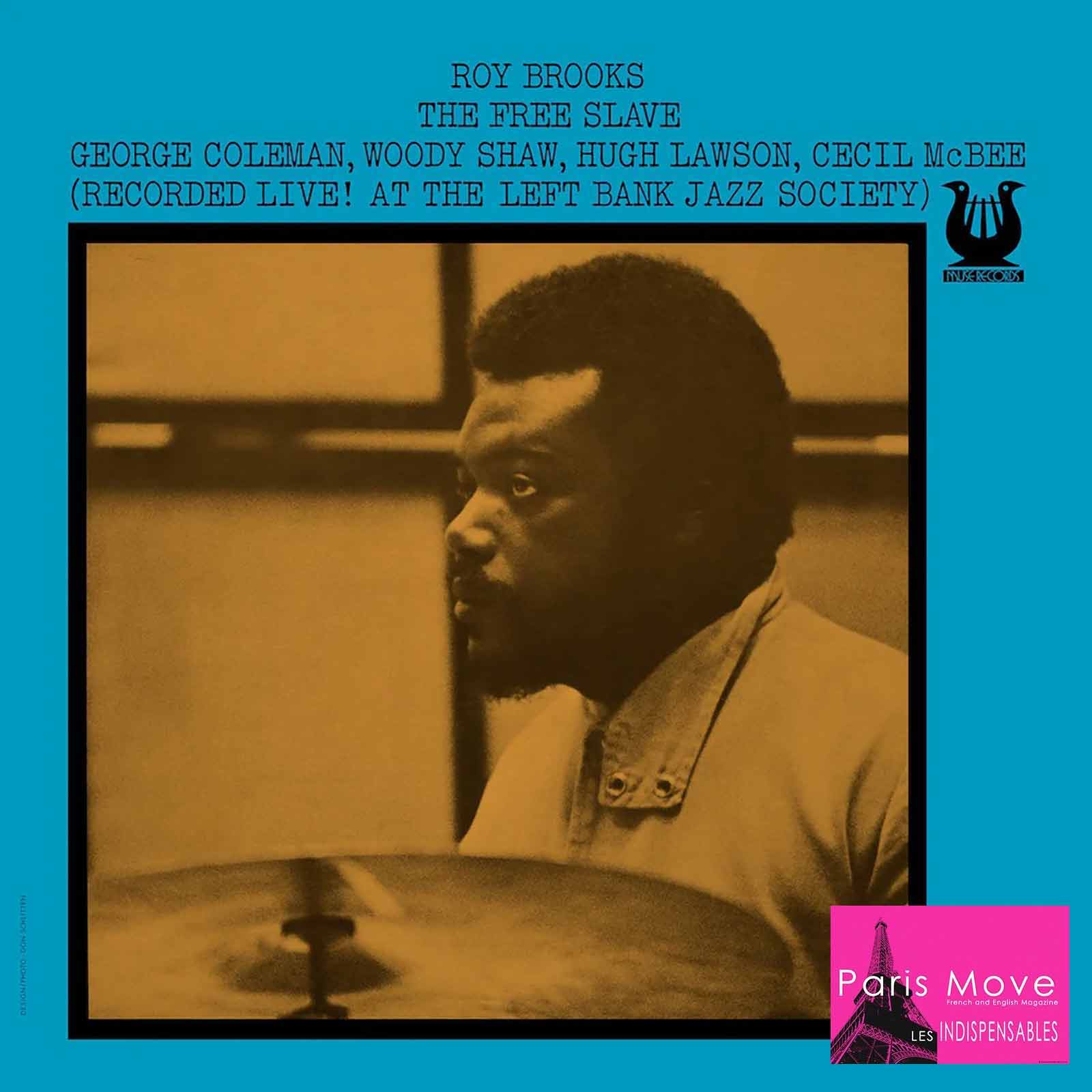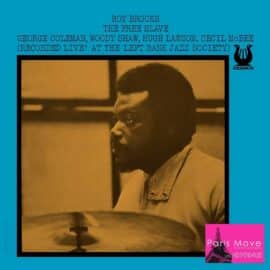| Jazz |

Roy Brooks: The Brilliant, Troubled Drummer Who Gave His Soul to Jazz
DETROIT — Talking about this album also means confronting the tragic fate of Roy Brooks, the Detroit-born drummer whose remarkable career was shadowed by hardship and mental illness. A man of immense musical imagination and restless energy, Brooks battled a condition he could not afford to treat. In 2000, he was imprisoned; five years later, he died in a nursing home, far from the stages where his rhythm once set the standard for modern jazz.
Since 1959, Brooks had earned the admiration of everyone who crossed his path. Fellow musicians and critics alike described him as vigorous, inventive, sharply attuned to the shifting moods of the music. His drumming, with its mix of velocity and delicacy, seemed to push time itself forward. For years, his fate was bound to that of Horace Silver, whose hard-bop ensembles he helped shape with a sense of propulsion that could make even the subtlest phrase crackle. Later came collaborations with Dexter Gordon, Max Roach, Charles Mingus, names that defined the art form. Roy Brooks was one of those rare figures who seemed incapable of compromise: a man who lived entirely within the pulse of the music.
Recorded in 1970 and released in 1972 by Muse Records, The Free Slave is a record that resists classification. The early seventies were an age of sonic exploration, jazz colliding with rock, funk, and a growing spiritual consciousness. Even classical music was breaking its boundaries, as Pierre Henry’s Messe pour un Temps Présent had signaled just a few years earlier. Within that atmosphere of experimentation, Brooks’s live album feels both of its time and far ahead of it.
The Free Slave moves through several lives in a single set: fierce, unfiltered jazz; hard bop saturated with soul; the pulse of funk; and the meditative insistence of spiritual and Afro-conscious rhythms. Friendship, a value Brooks held sacred, takes center stage in “Five for Max,” a luminous tribute to Max Roach. The track spotlights Brooks’s distinctive “Breath-a-Tone” technique, in which he manipulates air through his drum kit to produce a near-vocal sound, as if the instrument itself were breathing. Critics often point to this solo as one of Brooks’s most astonishing moments, both intimate and volcanic.
For many jazz listeners, Brooks’s sound lingers as memory: the drive behind Horace Silver’s quintets, the heartbeat beneath Dexter Gordon’s tenor, the subtle fire in his own recordings. On The Free Slave, you can feel him directing energy like a conductor of chaos, always in the right place, at the right time, pulling the entire ensemble into a shared improvisational language. His presence on this album reclaims, decades later, the recognition he has too long been denied.
What makes Brooks’s approach so riveting is his ability to let the music breathe. The record is punctuated by moments of pure jazz, open, searching, timeless. In the live setting, nothing was rigid. Arrangements dissolved into instinct. The musicians played as if tethered not by charts but by shared intuition. That kind of freedom, the willingness to leap without knowing where the rhythm will land, is rare in today’s jazz world. The modern form, though brilliant and complex, has become, in many ways, an institution. In contrast, the 1970s were an era of collective rebellion: boundaries between genres were porous, and creation was a communal act.
Still, it would be wrong to romanticize one era at the expense of another. Each generation of jazz brings its own language of excellence. Listening to Brooks alongside Sonny Rollins, Miles Davis, or Miguel Zenón, one hears not competition but continuity, each artist translating his moment in time, shaped by the social and cultural currents that define it.
The difference is that in Brooks’s era, the arts were growing together. Painters, poets, choreographers, and musicians fed off one another’s daring. Today, creation can feel more fragmented, more solitary. Yet every true artist remains a witness to their time, a voice rising from within its contradictions.
Roy Brooks was one of those voices. To hear The Free Slave today is to hear a man wrestling with freedom itself, artistic, social, personal. His drumming doesn’t just keep time; it questions it. It reminds us of what jazz once was, and still can be: a place where struggle becomes sound, and where the human spirit, however wounded, keeps finding its rhythm.
Thierry De Clemensat
Member at Jazz Journalists Association
USA correspondent for Paris-Move and ABS magazine
Editor in chief – Bayou Blue Radio, Bayou Blue News
PARIS-MOVE, October 8th 2025
Follow PARIS-MOVE on X
::::::::::::::::::::::::
Musicians:
Roy Brooks, drums
Woody Shaw, trumpet
George Coleman, tenor saxophone
Hugh Lawson, piano
Cecil McBee, double bass
Track Listing:
The Free Slave
Understanding
Will Pan’s Walk
Five For Max

